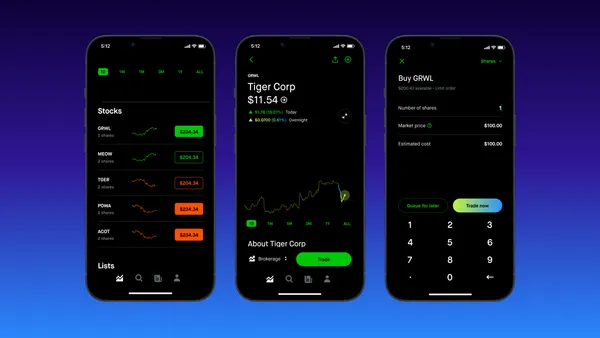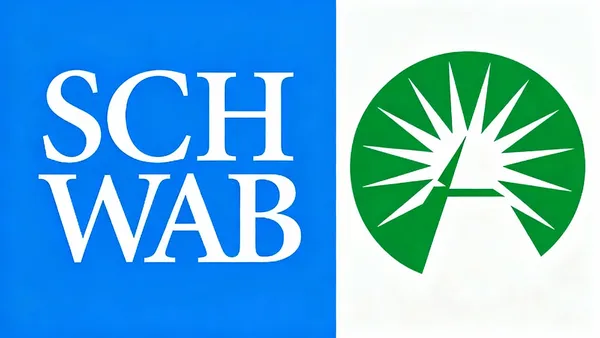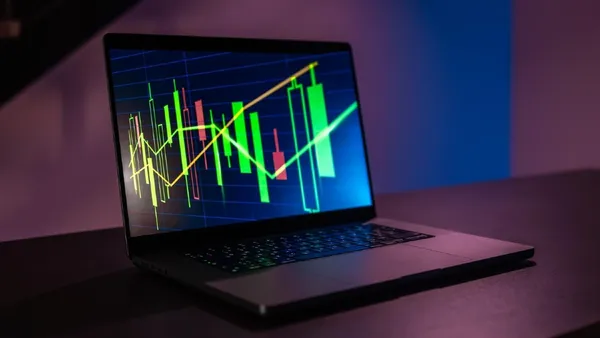When you're ready to invest, you'll hear "ETF" and "mutual fund" everywhere. They sound complex, but they are both just baskets of stocks.
Imagine you want to buy apples.
- Buying a single stock (like Apple Inc.) is like going to the store and buying one single apple.
- Buying an ETF or a mutual fund is like buying a pre-packed basket that already has 500 different apples in it.
Both are designed to make investing easier. Instead of you having to pick hundreds of individual stocks, you can just buy one thing (the basket) and instantly own a small piece of all those stocks. This is called diversification, and it's the most important rule in investing.
While they do the same job, the main difference between them is how you buy and sell them and how much they cost.
What Is a Mutual Fund?
A mutual fund is the "classic" basket of stocks. When you buy a mutual fund, you are buying from the fund company (like Vanguard or Fidelity).
- How You Buy It: You place an order, and that order is executed only once per day, after the stock market closes.
- The Price: Everyone who buys or sells that day gets the same price, which is calculated at the end of the day. You won't know your exact price until the trade is done.
- The Cost: Mutual funds often have high investment minimums (like $1,000 or $3,000) just to get started.
Think of it like ordering from a catalog. You put your order in, and the company processes all the orders together in a big batch at 4:00 PM.
What Is an ETF (Exchange-Traded Fund)?
An ETF, or Exchange-Traded Fund, is the modern, more flexible version of the basket.
- How You Buy It: You buy and sell an ETF just like a regular stock (like Apple or Tesla) any time the stock market is open.
- The Price: The price changes all day long. You can see the exact price you are paying at the moment you click "buy."
- The Cost: You can get started with just enough money to buy one share. If a share of an ETF costs $50, you can start with $50. (Or even less with fractional shares).
Think of it like buying from a grocery store. You can walk in at 10:00 AM, see the price on the shelf, put the basket in your cart, and check out immediately.
Head-to-Head: The 3 Key Differences
| Feature | ETF (Exchange-Traded Fund) | Mutual Fund |
| How It Trades | Like a stock, all day long. | Once per day, after the market closes. |
| Starting Cost | The price of one share (e.g., $50). | Often has a high minimum (e.g., $1,000+). |
| Typical Fees | Generally very low (called expense ratios). | Can be low, but are often higher than ETFs. |
Which One Is Better for a Beginner?
For most new investors today, ETFs are often the simpler, cheaper, and more flexible choice.
The low cost is the biggest reason. You can start investing with $100 in an ETF, whereas you might have to save up $3,000 to buy the mutual fund version of the exact same basket.
Both are fantastic tools for building long-term wealth, but ETFs have made it easier than ever for beginners to get started.




